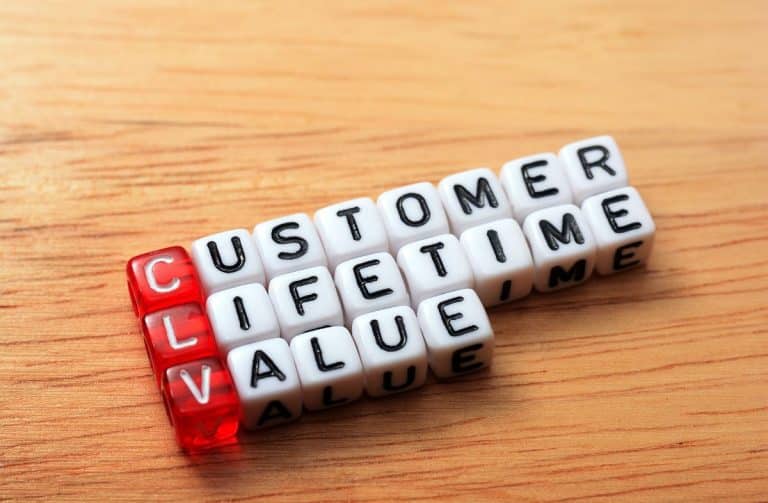In the world of e-commerce, marketplace merchandising plays a vital role in the success of an online store. Marketplace merchandising is the process of optimizing a store’s product listings and inventory in order to maximize sales. It involves researching the customer’s needs and interests, understanding the competitive landscape, and utilizing different tactics such as pricing, discounts, product placement, and more.
Merchandising is a complex task, and it can be difficult to know where to start. However, there are some simple tips and tricks that can help you make the most of your marketplace merchandising efforts. In this article, we’ll cover the basics of marketplace merchandising, as well as some tips and tricks to help you get started.
What is Marketplace Merchandising?
Marketplace merchandising is the process of selecting and presenting products in an online marketplace to increase sales and improve the overall customer experience. The goal of marketplace merchandising is to create a visually appealing and intuitive shopping experience for customers that encourages them to browse and make purchases.
This involves optimizing product listings with high-quality images, detailed descriptions, and accurate pricing information. Marketplace merchandising also involves using data analytics to identify top-performing products and categories, as well as identifying trends and opportunities for new product offerings. By effectively merchandising products on a marketplace, sellers can increase their visibility, drive traffic to their listings, and ultimately increase sales and revenue.
The Benefits of Marketplace Merchandising
Online sellers need every advantage they can get to stand out and succeed. One powerful tool in their arsenal is marketplace merchandising, a process that involves selecting and presenting products in an online marketplace to increase sales and improve the overall customer experience.
Increased Visibility and Sales
Effective marketplace merchandising can increase visibility and sales for sellers by creating a more engaging and compelling shopping experience for customers. By presenting their products in a visually appealing and user-friendly way, sellers can stand out from competitors and drive more traffic to their listings. Some specific ways that marketplace merchandising can increase visibility and sales include:
- Optimized product listings with high-quality images, detailed descriptions, and accurate pricing information
- Using data analytics to identify top-performing products and categories, and highlighting them prominently
- Creating curated collections of products that appeal to specific customer segments or interests
- Leveraging social proof, such as customer reviews and ratings, to build trust and confidence in products and sellers
Improved Customer Experience
Marketplace merchandising can also improve the overall customer experience by making it easier for customers to find and purchase the products they are looking for. By presenting a curated selection of products and highlighting top performers, marketplace merchandising can help customers discover new products and categories that they may be interested in. Some specific ways that marketplace merchandising can improve the customer experience include:
- Intuitive navigation and search functionality that makes it easy for customers to find what they’re looking for
- Personalized product recommendations based on customer behavior and preferences
- Clear pricing information and transparent shipping and return policies that build trust and confidence in the purchasing process
- Customer service and support that is responsive, helpful, and available when customers need it
Competitive Advantage
By leveraging marketplace merchandising effectively, sellers can gain a competitive advantage over their rivals. They can stand out from the crowd, drive more traffic and sales, and build a loyal customer base that trusts and values their products and services. Some specific ways that marketplace merchandising can provide a competitive advantage include:
- Differentiating products and services from competitors through unique value propositions and messaging
- Offering exclusive products or limited-time promotions that create urgency and excitement for customers
- Building brand recognition and awareness through consistent messaging, visual branding, and product quality
- Establishing a strong reputation for customer service and satisfaction that sets sellers apart from competitors
Effective Strategies to Optimize Sales
Online marketplaces have become increasingly competitive, making effective merchandising strategies essential for optimizing sales.
Use Data Analytics
Data analytics can provide valuable insights into customer behavior and preferences, as well as identify top-performing products and categories. Here are some ways to use data analytics for marketplace merchandising:
- Identify top-performing products and categories and highlight them prominently.
- Use customer behavior data to personalize product recommendations.
- Analyze customer feedback and adjust product listings accordingly.
- Monitor competitor activity and adjust merchandising strategies accordingly.
Optimize Product Listings
Optimizing product listings is crucial to creating an engaging and informative shopping experience for customers. Here’s how:
- Use high-quality images that showcase products in the best possible light.
- Write detailed product descriptions that highlight features and benefits.
- Ensure pricing information is accurate and transparent.
- Use relevant keywords in titles and descriptions to improve searchability.
- Leverage social proof, such as customer reviews and ratings, to build trust and confidence in products and sellers.
Use Personalization
Personalization can help you create a more engaging shopping experience for your customers. Here are some ways to use personalization:
- Use customer behavior data to personalize product recommendations.
- Use data analytics to identify products that complement each other and create collections around them.
- Personalize the shopping experience with targeted promotions and personalized emails.
Create Curated Collections
Curated collections of products can help customers discover new products and categories that they may be interested in. Here are some tips for creating curated collections:
- Group products by themes or categories that will appeal to specific customer segments or interests.
- Create limited-time promotions or exclusive collections to create urgency and excitement for customers.
- Use data analytics to identify products that complement each other and create collections around them.
- Highlight curated collections prominently on the marketplace homepage or in marketing campaigns.
Build Brand Recognition
Building brand recognition and awareness is crucial for marketplace success. Here are some ways to do so:
- Use consistent messaging and visual branding across product listings and marketing campaigns.
- Offer high-quality products that consistently meet or exceed customer expectations.
- Establish a reputation for excellent customer service and support.
- Use social media and other channels to engage with customers and build a following.
Marketplace merchandising can be a powerful tool for online retailers to increase sales and reach new customers. However, it is important to have a strategic approach to ensure that your products stand out in the crowded online marketplace. With the right strategies in place, you’ll be well on your way to success in the e-commerce world. A marketplace’s catalog integrity becomes challenged when faced with endless amounts of disparate data constantly coming from thousands of sellers. But, Cluster can help marketplaces tackle roadblocks. Book a demo now.




